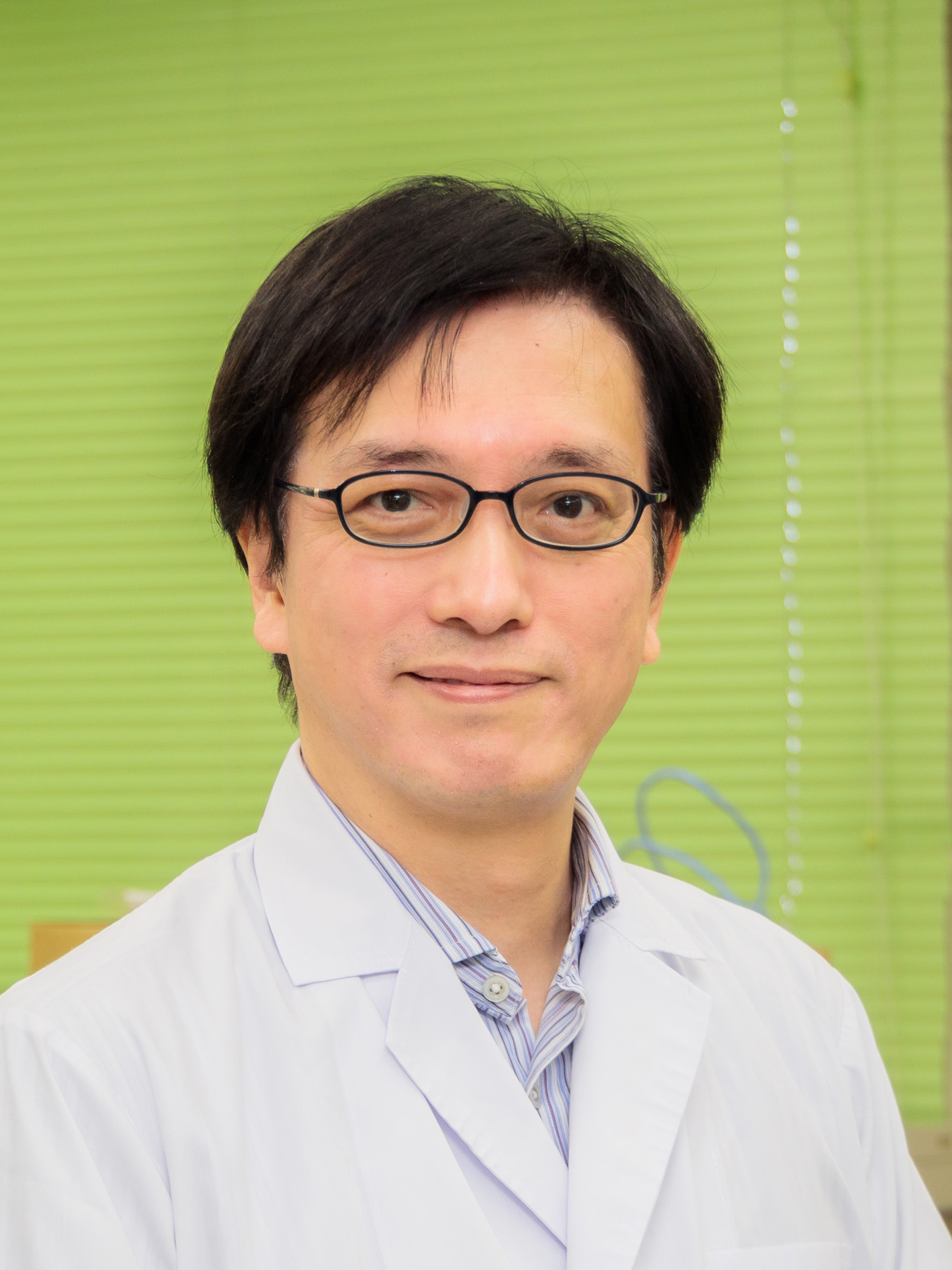Related Outline
Human oocytes fertilized in fallopian tubes are transported and implanted at the endometrium. For around ten months, implanted embryos develop and grow in utero with the support of exchanges of gases and nutrients between mothers and fetuses until birth. Many mysteries about the developmental processes of fetuses and the necessary intrauterine environment are remained to be elucidated. Why do major causes of infertility such as implantation failure and early miscarriage take place? As about 5% of newborns have some congenital malformations such as neural tube defects or heart diseases, mechanisms for the development of these congenital anomalies are also still unclear. To dissect the intrauterine environment necessary for embryo implantation and subsequent development and identify genetic factors causing congenital diseases, we are exploiting mice as an experimental model animal. Mice are powerful tools in which both reverse and forward genetics can be readily applicable. As a genetic approach for congenital malformations, we are generating several mouse models, in which human disease-related genes are mutated. As for the uterine environment, we are analyzing mechanical factors of the uterus such as smooth muscle contractions and endometrial stiffness utilizing biophysical techniques in combination with in vitro culture of embryos. These approaches can accelerate basic biological research on embryonic development as well as the evaluation of therapeutics by allowing us to dissect functions of genetic pathways and intrauterine properties for embryo implantation and development.
Career
1993 Received a Ph.D. from University of Kyoto, Faculty of Science, Department of Biophysics
1994- Research Fellow, Institute of Molecular Embryology and Genetics (IMEG), Kumamoto University School of Medicine
1998- Associate Professor, IMEG, Kumamoto University School of Medicine
2001- Senior Research Scientist, Center for Developmental Biology, RIKEN
2005- Laboratory Head, Principal Investigator
Department of Molecular Embryology, Research Institute, Osaka Women’s and Children’s Hospital, Osaka Prefectural Hospital Organization
2005- Adjunct Professor
Department of Pediatric and Neonatal-Perinatal Research, Graduate School of Medicine, Osaka University
Representative Achievements
- Developmental and mechanical roles of Reichert’s membrane in mouse embryos.
Matsuo I, Kimura-Yoshida C, Ueda Y.
Philos Trans R Soc Lond B Biol Sci. 2022 Dec 5;377(1865):20210257.
DOI: https://doi.org/10.1098/rstb.2021.0257 - USP39 is essential for mammalian epithelial morphogenesis through upregulation of planar cell polarity components.
Kimura-Yoshida C, Mochida K, Kanno SI, Matsuo I.
Commun Biol. 2022 Apr 19;5(1):378.
DOI: https://doi.org/10.1038/s42003-022-03254-7 - BET proteins are essential for the specification and maintenance of the epiblast lineage in mouse preimplantation embryos.
Tsume-Kajioka M, Kimura-Yoshida C, Mochida K, Ueda Y, Matsuo I.
BMC Biol. 2022 Mar 9;20(1):64.
DOI: https://doi.org/10.1186/s12915-022-01251-0 - Intrauterine Pressures Adjusted by Reichert’s Membrane Are Crucial for Early Mouse Morphogenesis.
Ueda Y, Kimura-Yoshida C, Mochida K, Tsume M, Kameo Y, Adachi T, Lefebvre O, Hiramatsu R, Matsuo I.
Cell Rep. 2020 May 19;31(7):107637.
DOI: https://doi.org/10.1016/j.celrep.2020.107637 - Cytoplasmic localization of GRHL3 upon epidermal differentiation triggers cell shape change for epithelial morphogenesis.
Kimura-Yoshida C, Mochida K, Nakaya MA, Mizutani T, Matsuo I.
Nat Commun. 2018 Oct 3;9(1):4059.
DOI: https://doi.org/10.1038/s41467-018-06171-8 - Mechanical perspectives on the anterior-posterior axis polarization of mouse implanted embryos.
Matsuo I, Hiramatsu R.
Mech Dev. 2017 Apr;144(Pt A):62-70.
DOI: https://doi.org/10.1016/j.mod.2016.09.002 - Fate Specification of Neural Plate Border by Canonical Wnt Signaling and Grhl3 is Crucial for Neural Tube Closure.
Kimura-Yoshida C, Mochida K, Ellwanger K, Niehrs C, Matsuo I.
EBioMedicine. 2015 Apr 18;2(6):513-27.
DOI: https://doi.org/10.1016/j.ebiom.2015.04.012 - Extracellular distribution of diffusible growth factors controlled by heparan sulfate proteoglycans during mammalian embryogenesis.
Matsuo I, Kimura-Yoshida C.
Philos Trans R Soc Lond B Biol Sci. 2014 Dec 5;369(1657):20130545.
DOI: https://doi.org/10.1098/rstb.2013.0545 - External mechanical cues trigger the establishment of the anterior-posterior axis in early mouse embryos.
Hiramatsu R, Matsuoka T, Kimura-Yoshida C, Han SW, Mochida K, Adachi T, Takayama S, Matsuo I.
Dev Cell. 2013 Oct 28;27(2):131-144.
DOI: https://doi.org/10.1016/j.devcel.2013.09.026 - Extracellular modulation of Fibroblast Growth Factor signaling through heparan sulfate proteoglycans in mammalian development.
Matsuo I, Kimura-Yoshida C.
Curr Opin Genet Dev. 2013 Aug;23(4):399-407.
DOI: https://doi.org/10.1016/j.gde.2013.02.004

